Three is often the magic number, so they say, and as the Autumn chill settles in deeply, we’re beyond excited for the upcoming release from Public Memory, the third since the project’s inception in 2016. In the last few weeks, the project has been sharing a series of haunting teaser clips alongside full tracks, whetting our appetite for one of the most unique, inventive, and powerful records of the year; a delicious piece of electronic nachtmusik that strikes a perfect balance between ethereal beauty and emotive terror.
With that in mind, we’re also honored to premiere the fourth single from the record, titled Ripped Apparition, which is due out via Felte on November 20th. Listen to “Butcher” below:
“Butcher” begins with slight synth euphony before breaking open with throbbing, dubbed-out percussion, descending synth lines, and a spectral vocal melody that walks us through the track’s minimal corridors. Little snaps, sounds, and melodies that tease but never resolve give the track a sinister, yet welcome edge, while hints of dub-infused guitar upstrokes pepper the final third of the track before dissipating into the ether. It’s one of the Public Memory’s finest moments to date, and yet one of ten equally stellar tracks that comprise the album.
We also had the chance to catch up with Public Memory brainchild Robert Toher about the record’s synthesis, the evolution of the project over the years, and the inspirations (and machinery) behind Ripped Apparition:
How does your music evolve throughout the recording process?
Speaking to the forthcoming album, it starts with acquiring new synthesizers that I didn’t understand at all how to use. At some point in 2018 Elektron had sent me a Digitone and the idea was I would create a sound pack for it. It was supposed to be a Digitakt, but they sent me a Digitone by accident, and ultimately asked me to instead create a sound pack for that. I’ve never been at all good at what at the time seemed like ‘complicated’ synth hardware stuff – lots of menu diving but also easier stuff like sequencing, midi clocking, things like that. It was all very foreign and very new to me even though I’ve been recording my own music for a couple of decades. I’d just never got into synths on that level.
Digitone is an FM synth and I had barely a clue as to what I was doing or how to use it. I forced myself to understand it and once I did, it changed the way I wanted to write. I bought a Digitakt to go with it and those two units together, combined with the MS20 (a staple synth that is on nearly every PM song) – and a few pedals, I wrote the album.
I’d most often start with percussion on the Digitakt and build from there. Since my last LP, Demolition was so dense with layering and tracking, I knew I wanted this next album to use far fewer musical elements but to still have a nice big sound.
Naturally as songs evolved I found places for samples and field-recording-style sounds, ‘hand percussion’ (tambourines, shakers, etc) and of course vocals. I always approach vocals glossolalia style. I use my voice to react to the music, recording lyric-less takes of syllabic melody, and then I find the words later. I really like this way of working. I cannot just write a bunch of lyrics and then ‘apply’ them to the music. The feel of the melodies and the timbre and vibe of the sounds of the words need to be born from the sound of the music, with the lyrics then being born from that.
You’ve always been a rather prolific musician, especially when considering the output of your pre-Public Memory projects (Apse, ERAAS, etc.). How would you say your work has evolved over the years?
There’s a lot I could say starting from my first band up through to the present but I’ll focus on Public Memory. Things started off pretty minimal. I made Wuthering Drum in a small bedroom in Echo Park LA back in 2014/2015 when I lived there for a year.
At that time I wanted to change my approach and write differently than I had been, so I defined a somewhat limited palette and stuck with it. Drum loops that I had created, and for synths, only the MS20 with a few effects. Vocals. Chime loops and samples of wind and weather.
A few years later on my second LP I found myself putting in a ridiculous amount of layering. One of the songs contained over 100 tracks. It was absurd, and I was worried about how I would do it live from the beginning which did prove to be a challenge. The live band for those tours pulled it off if I may say so, but still ideally it would have been like 6/7 people doing those songs live if it were feasible. Insert comments about capitalism, wages vs. cost of living and all of that. Stating the obvious, but it’s just really difficult to simply break even on a tour with 3 people in the band, let alone 6 or 7.
So, naturally one of the reasons I wanted the next album to be more minimal was because I wanted to simplify the live setup. But a bigger reason was because I didn’t want to write songs in front of a computer, or to have songs that had, say, 100 tracks. I’ve done this sort of thing even before Demolition and it’s just not how I wanted to spend my time. Making Demolition wasn’t fun. Wuthering Drum was fun, and this current album, Ripped Apparition was the most fun I’ve had making a record as Public Memory. It still took work and some discipline, but to be able to write the majority of everything not sitting by a DAW was inspiring as hell, and liberating.
What kind of sounds and textures influenced Ripped Apparition?
Dirty sampled drums. Melted synths. Spring reverb vocals. Crushed nature sounds, wind sounds, chimes. Subtly glitched percussion and Digitakt trig conditions. Vinyl and other surface noises. The sound of the Digitone/FM Synthesis.
Any particular books, albums, or experiences that influenced the record as well?
“Experiences” is a whole other conversation. Books? Predictably Ghosts Of My Life by Mark Fisher. Not so much the music on David Bowie’s Low but the 33 1/3 book about it, by Hugo Wilcken. The audiobook version in particular.
Albums/music? Burial is always an influence mostly just in his approach to music and not necessarily his style. Work, Work, Work by HTRK. The synthesizers on The Idiot. Beth Gibbons. Ambient music, classical music, folk music in some sense. Krautrock is also always an influence on Public Memory.
Photography has a big effect on my music as well, but that’s so broad it’s like saying “music is an influence on my music.” I’d have to show by example. But certain photographers (mostly contemporary) inspire a lot of moods in my stuff and I’ve recently come to realize that this is a part of it.
Would you say your lyrics more personal, or are they more esoteric?
Probably both. They’re personal because some (not all) are drawn from my own life / experiences / emotions / dreams / fear / regret / desire / hope / etc. Some of them are just storytelling, albeit a bit abstract at times. When I’m making music, I’m really just trying to create a mood. I’m just trying to impart a feeling onto the listener. Lyrics are a part of that, but it’s the totality of everything at once. Anyone could say it’s “the totality of everything (in the music) at once.” But what I mean is that it’s about the union and juxtaposition of the lyrics, thrown across the music. That creates a tertiary kind of thing. “The whole is greater than the sum of its parts” type of thing. And when that tertiary thing has a strong presence that’s both emotionally relatable but in a sense, pleasantly unexplainable, that’s where I want to be. That’s where I’m trying to be. I’m trying to feel and illustrate and thus impart a set of emotions that maybe I or someone listening finds unfamiliar or maybe didn’t fully know they had but can relate to.
There’s also a lot of vulnerability. More than one person has said that recently and it hadn’t occurred to me to say that about it. But it is very vulnerable — while also being quite personal/private. That may sound like an art-school contradiction. But it’s true of the music.
What gear did you use on the record?
Elektron Digitone, Elektron Digitakt, Korg MS-20 Mini. Fender Telecaster.
Strymon El Capistan, EHX Mel 9, Boss RV3. A few other old shabby pedals. Tape recorder. Pro Tools. Various shakers and tambourines.
As a very insular artist, how has the pandemic affected your work?
In terms of shows? I think that’s easily understood. In terms of writing? Not at all. I know that this sounds a bit pretentious and romanticized but I really am that person that would more often than not, rather spend time in my own world working on stuff, than out being social or like, drinking at a bar. I like to go out sometimes but there are few things I love more than feeling inspired and making music at home. So nothing has changed in that regard. Or it’s just changed in that, I’m doing that more of the time than I was, which was already quite often.
I’m curious though, how it’s affected other musicians and artists. I think it would be a good thing if, in the absence of being able to focus on playing shows and generally just being out and being social, it pushed more musicians to work harder at finding their own voice. Especially in 2020.
Do you feel like there’s any value in performing live over Twitch or other such sites, or is there a need for an in-person audience and the reverberations of a venue to make it work? It’s hard to imagine Public Memory playing a straightforward livestream set, but I can see you doing something more artful and interesting with the medium.
Thank you. I think if I were to livestream there would probably be pre-recorded elements – but not of the actual performance. I would want to have interludes that were contextually relevant to Public Memory and that world (and dare I say “fun” but I mean more in a romantic sense and possibly a bit of a performance art/spooky sense). But the musical performances would be live. So, if I get into livestreaming and the like I will probably try to find a way to have that element present. It needs more of that context/content than just the live show, and that would also make it much more engaging for me to make and probably more interesting and spirited than just the stream of a live show. So in that way there’s actually ‘more’ that one can do with it. Whereas doing all of the non-performance stuff live would be a bit cumbersome and probably expensive? And potentially ‘weird’ in not the best way, to try to present at a real show at least with the current size of the project and the resources at hand.
As far as there being value in livestreaming, I definitely think there’s value there. I’m glad it’s happening. I think it’ll be cool if when shows come back, livestreaming keeps up. It was there prior, but more people are embracing it now and thinking about it differently. It’s nice to see some of the innovation that’s happening there. I’ll be a part of that at some point, on my own terms.
Check out the full track list, artwork, and ordering/streaming details for Ripped Apparition below:
Public Memory- Ripped Apparition
1. Worn Shadow
2. Bad Orbit
3. Düsseldorf Witch Hat
4. Courtroom Tap Water
5. Butcher
6. Azimuth
7. Midsummer Shadow
8. Epigone
9. Dracula A.D.
10. Lost Future
Buy/stream here

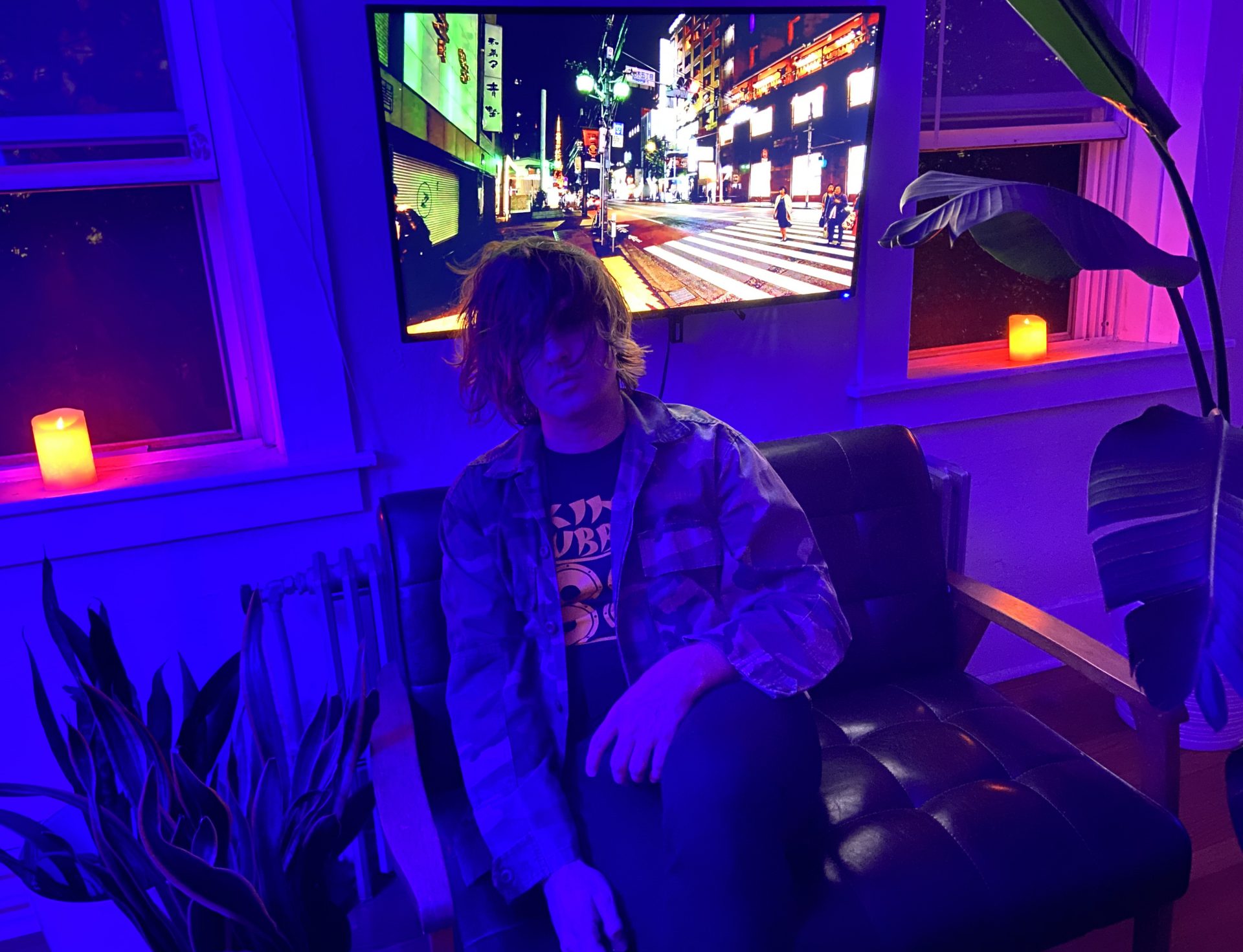

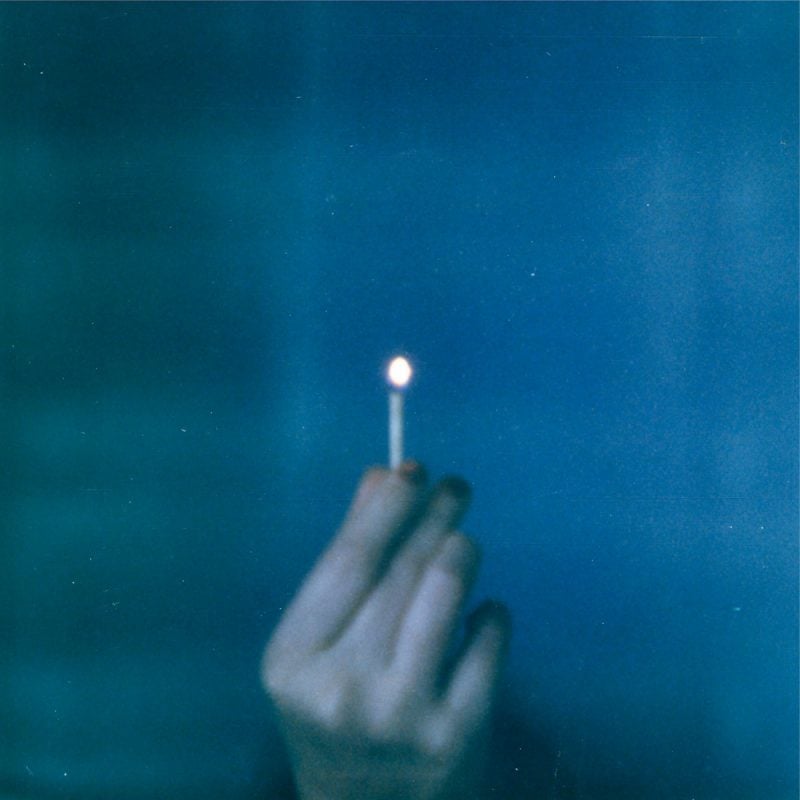

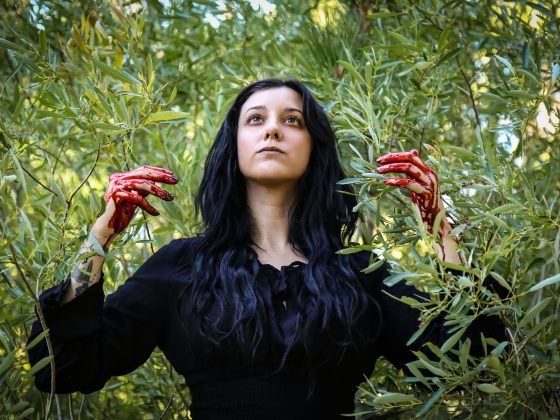
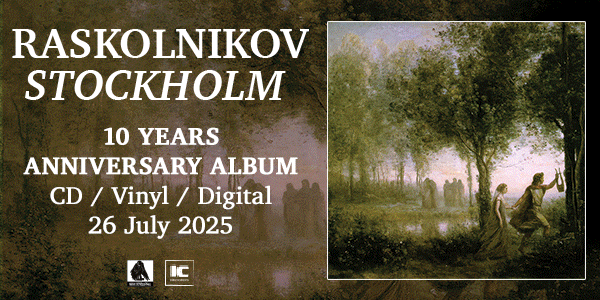

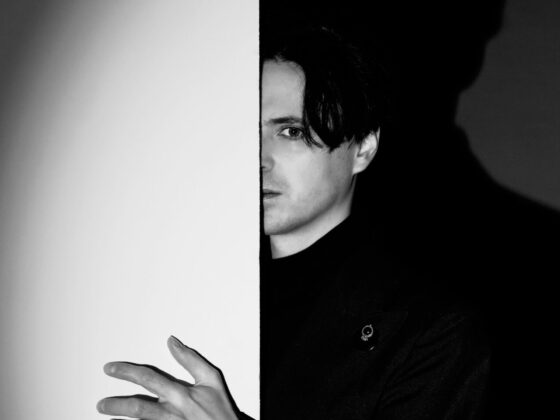

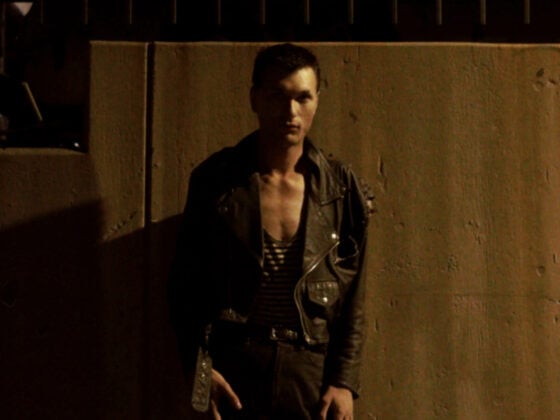
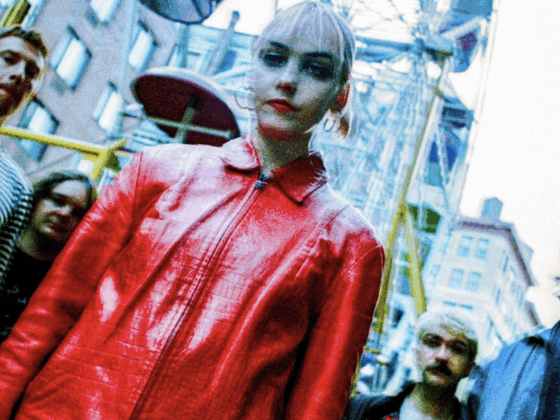
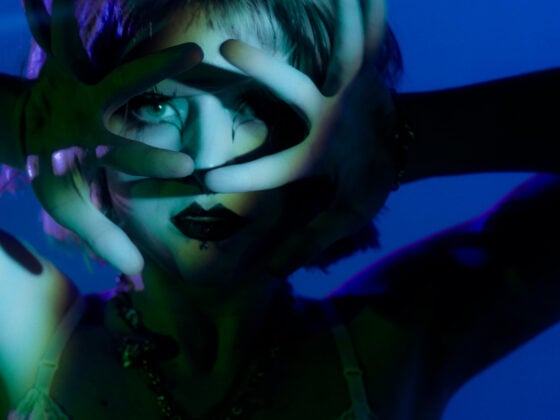
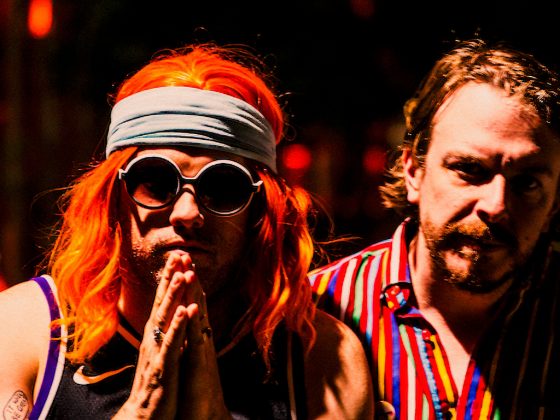
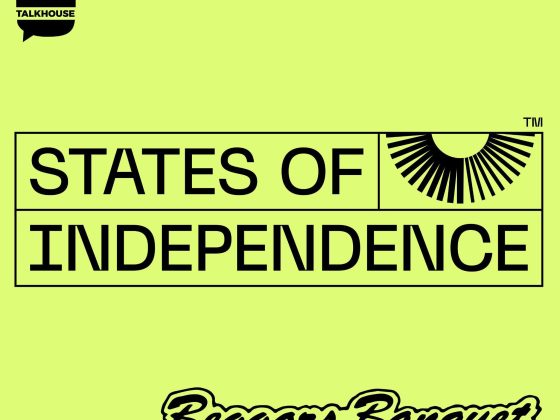

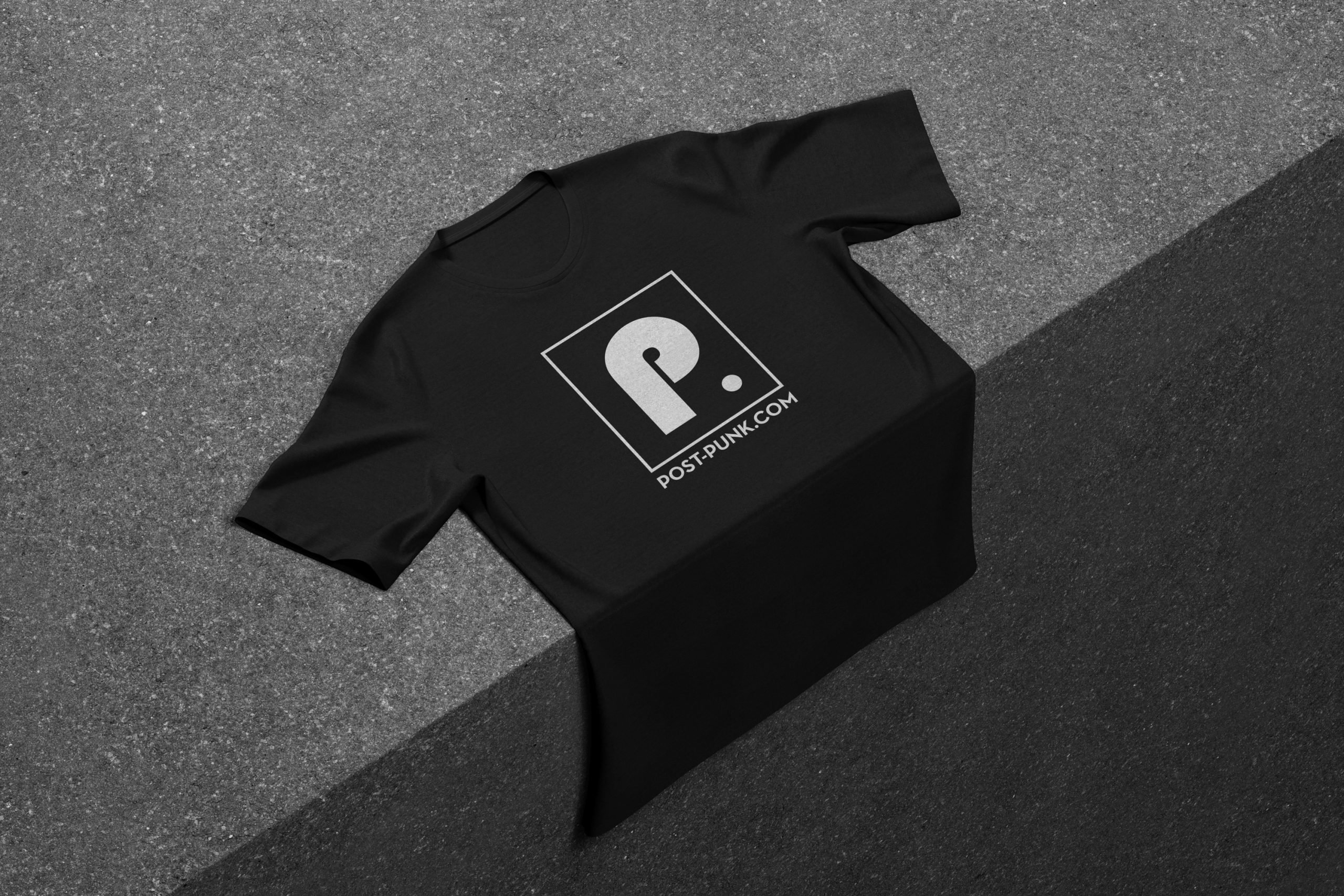 Or via:
Or via: